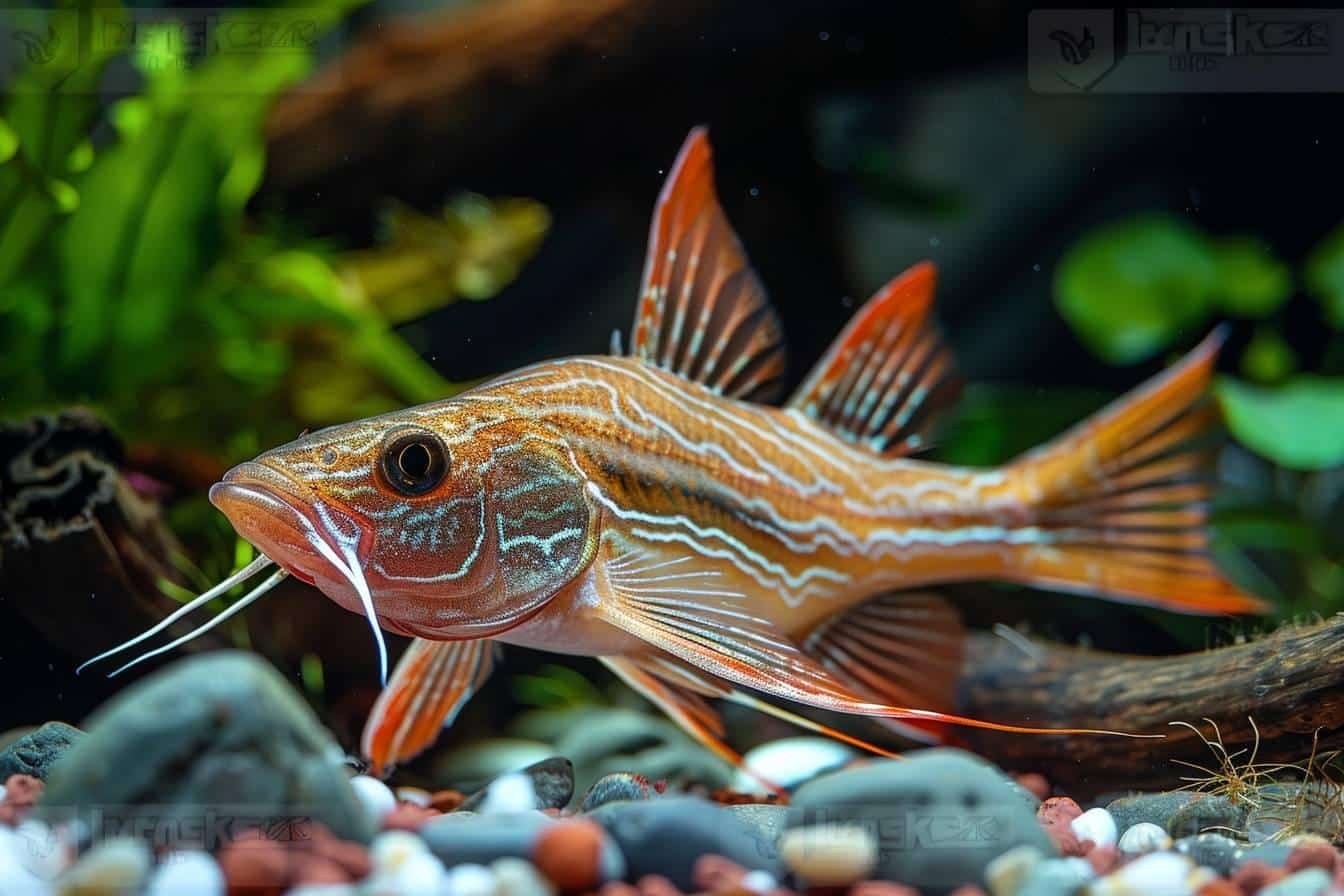Ah, the ancistrus babies ! These endearing little cleaners can quickly multiply in your aquarium. As a pet shop manager for several years, I've seen many customers overwhelmed by a sudden population explosion in their tank. Don't panic! I'm going to give you all my advice on how to raise these adorable miniature sucker fish.
How do you keep ancistrus babies alive?
The survival of ancistrus babies begins as soon as they are born. These fragile little creatures need special care and attention to get them off to a good start in life on the water. Here are the key stages:
Birth and the first days
Ancistrus lay eggs that hatch after 5 to 8 days. During this period, the male plays the role of father hen, looking after the eggs alone. He doesn't go out or eat for around 2 weeks, watching over his offspring like a real guardian. Once born, the babies feed first on their yolk sac.
Insulation for better protection
To increase the chances of survival of the entire clutch, I recommend isolating the babies. Use a floating tank or a small rearing aquarium. This will protect them from the big fish that might consider them a tasty snack! I've already seen disappointed customers who lost an entire litter due to a lack of precautions. Believe me, prevention is better than cure!
A suitable diet
Food is crucial to the growth of your little ancistrus. Here's an ideal menu:
- Pellets for groundfish
- Boiled courgette slices
- Spinach
- Green food
Don't hesitate to vary the pleasures! A bit like feeding baby axolotlsDiversity is the key to growth.
Trapping and an ideal environment for baby ancistrus
Now that we've covered the basics of survival, let's move on to the perfect furnishings for your little protégés. The right environment is essential if they are to flourish.
Creating safe hiding places
The ancistrus babies love to hide. Give them a safe play area with :
- Roots
- Hollowed coconut
- PVC pipes (well cleaned, of course!)
I have an anecdote about this: one day, I found a whole colony of baby ancistrus hidden in an old coffee cup that I'd put in the aquarium to decorate it. Just goes to show, they know how to find the most unexpected places!
Water and temperature management
Water quality is essential. Here is a small table summarising the parameters to be monitored:
| Parameter | Recommended value |
|---|---|
| Temperature | 25-28°C |
| Water change | 30% every 3 weeks |
| Cleaning the tray | Regular (babies are real little buggers!) |
Watch out for the pump, which can turn your nursery into an unwanted water theme park. Check that it does not risk sucking up your little protégés.
Growth monitoring
A good breeder is an attentive breeder. Count your babies regularly to monitor their progress. This is also an opportunity to spot any health problems. Growth is fairly slow at first, so don't worry if your little ancistrus don't become giants overnight.
Around 4-5 cm, you can start to play the difference game: males will develop barbels, a bit like an aquatic moustache. This is the beginning of adolescence for ancistrus!

Future prospects for your ancistrus babies
Congratulations! You've succeeded in raising your ancistrus babies. But what to do now that they're growing up?
Population management
One clutch can produce up to a hundred babies. Unless you have a giant aquarium, you're going to have to think about the future of this happy tribe. Here are a few options:
- Offer them to other passionate aquarists
- Take them back to your local pet shop (we love that!)
- Create a second special ancistrus aquarium
Don't forget thatfry rearing, as for koi carpIt requires space and long-term attention.
Varieties and special features
Depending on the genetics of your ancestral parents, you may be surprised to see albino babies appear. These light-coloured little marvels are particularly sought-after by hobbyists. If you get some, you could even become a renowned breeder in the aquarium world!
At the end of the day, raising ancistrus babies is an exciting adventure. With patience, attention and a touch of humour (believe me, you'll need it when you see them make their first attempts to climb the aquarium windows), you'll become an expert in the field. And who knows, maybe, like me, you'll end up making a living out of it!
External sources :
